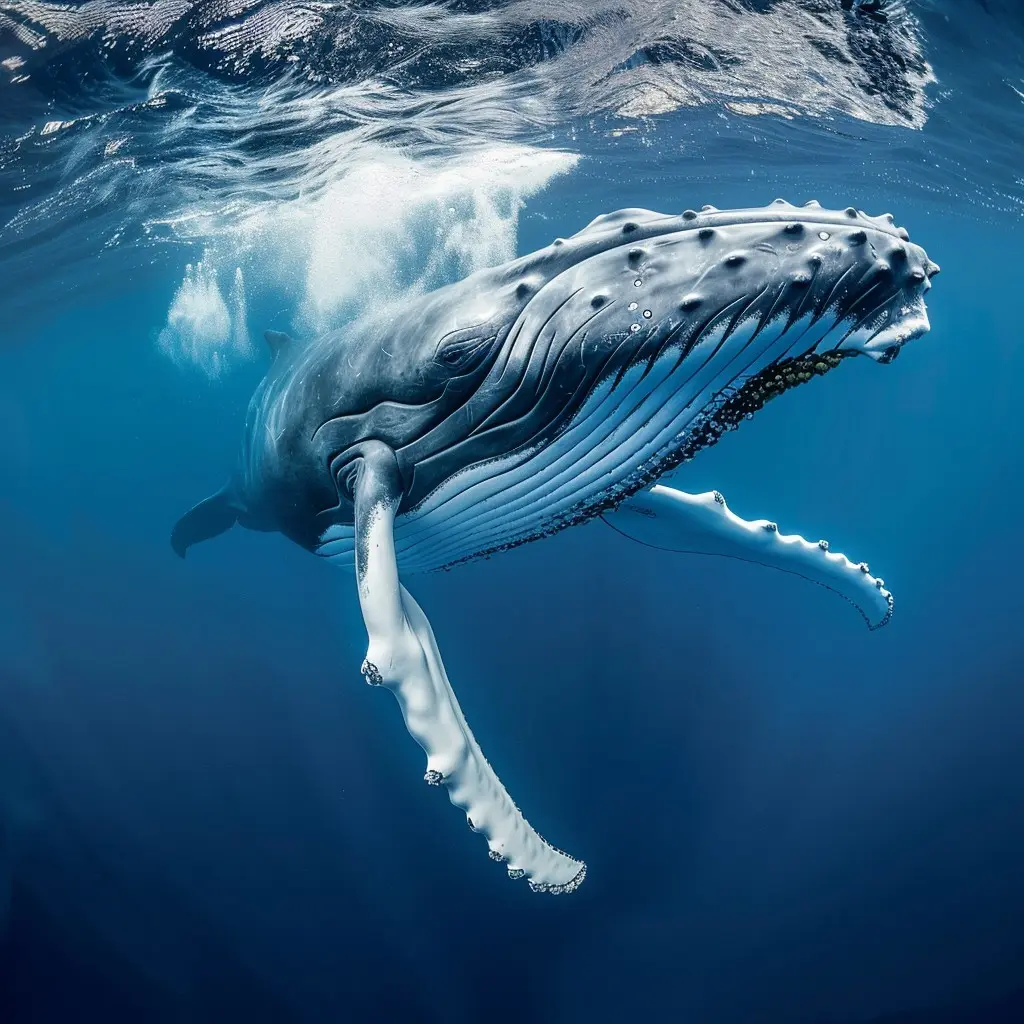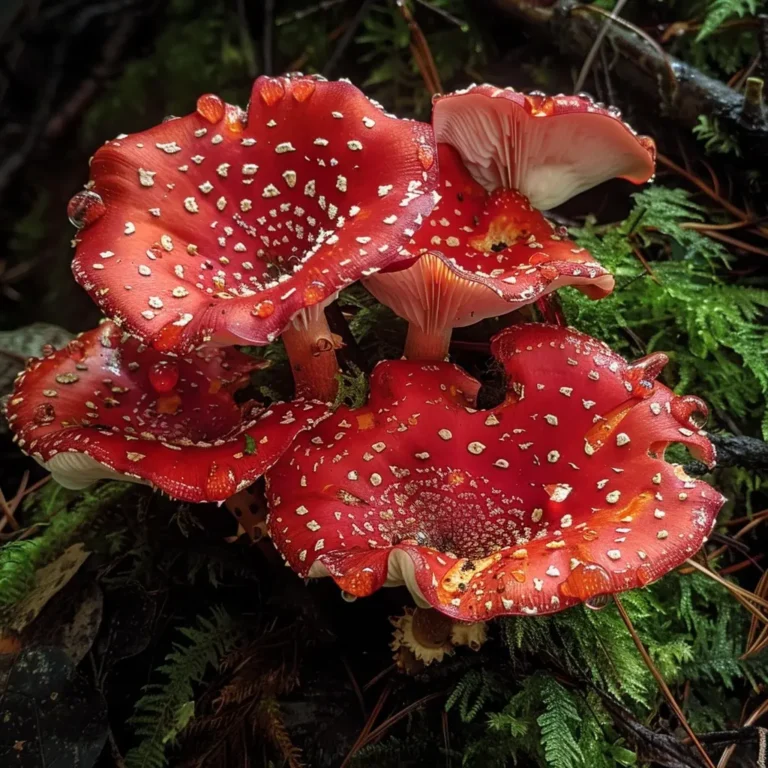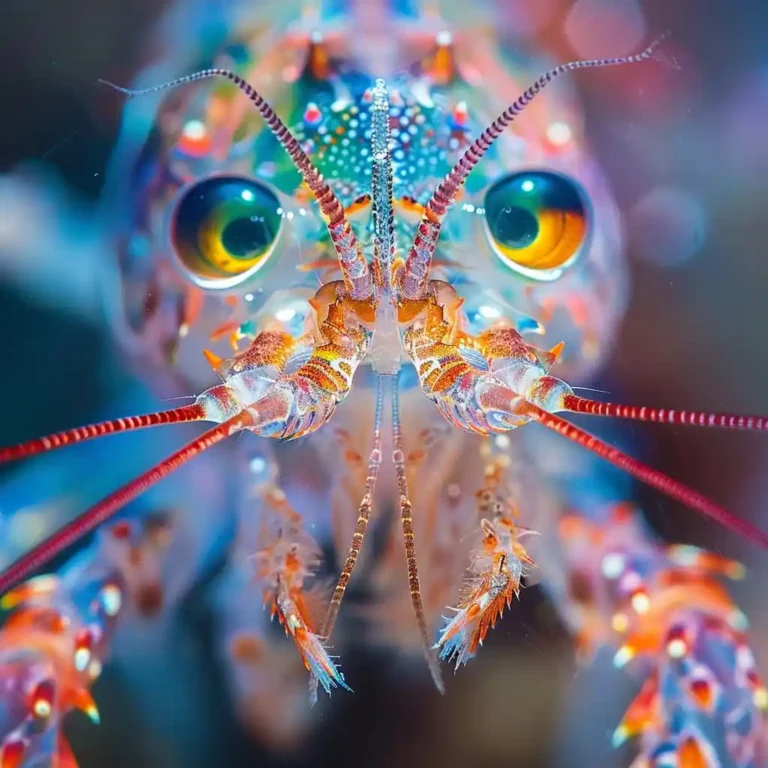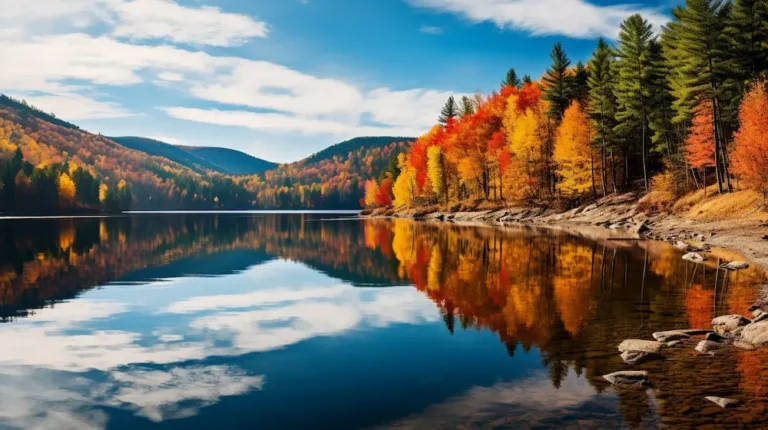Fun facts about the oceans that will blow you out of the water! 🌊✨ Dive into the incredible world of sea creatures and discover mind-blowing secrets from the depths.
From bioluminescent wonders to colossal marine giants, get ready to be amazed by the ocean’s most fascinating inhabitants! 🐋🦑🐠
Interested in animal’s facts? We got you! check out our curated list for more fun facts about animals.
or check our fun fact generator.
Types of Oceans
- Pacific Ocean: The largest and deepest ocean, covering more than 63 million square miles (165 million square kilometers).
- Atlantic Ocean: The second-largest ocean, known for its rich biodiversity and significant shipping routes.
- Indian Ocean: The third-largest ocean, bordered by Africa, Asia, Australia, and the Indian subcontinent.
- Arctic Ocean: The smallest and shallowest ocean, located around the Arctic region, primarily covered by sea ice.
- Southern Ocean: Recognized as the fifth ocean, encircling Antarctica and playing a vital role in regulating the Earth’s climate.
Ocean Zones
Oceans are divided into various zones based on depth and light penetration:
- Photic Zone: The upper layer where sunlight penetrates, allowing photosynthesis to occur, typically extending down to about 200 meters (656 feet).
- Mesopelagic Zone: Also known as the twilight zone, where light begins to fade, reaching depths of about 1,000 meters (3,280 feet).
- Abyssal Zone: The deep sea, characterized by darkness and high pressure, extending from about 2,000 meters (6,561 feet) to the ocean floor.
Importance of Oceans
Oceans are vital for several reasons:
- Biodiversity: They are home to a vast array of life forms, from microscopic phytoplankton to the largest animals on Earth, such as blue whales.
- Climate Regulation: Oceans absorb carbon dioxide and heat, helping to regulate the Earth’s climate and weather patterns.
- Economic Resources: They provide significant resources, including seafood, minerals, and opportunities for tourism and recreation.
50 Facts About The Oceans
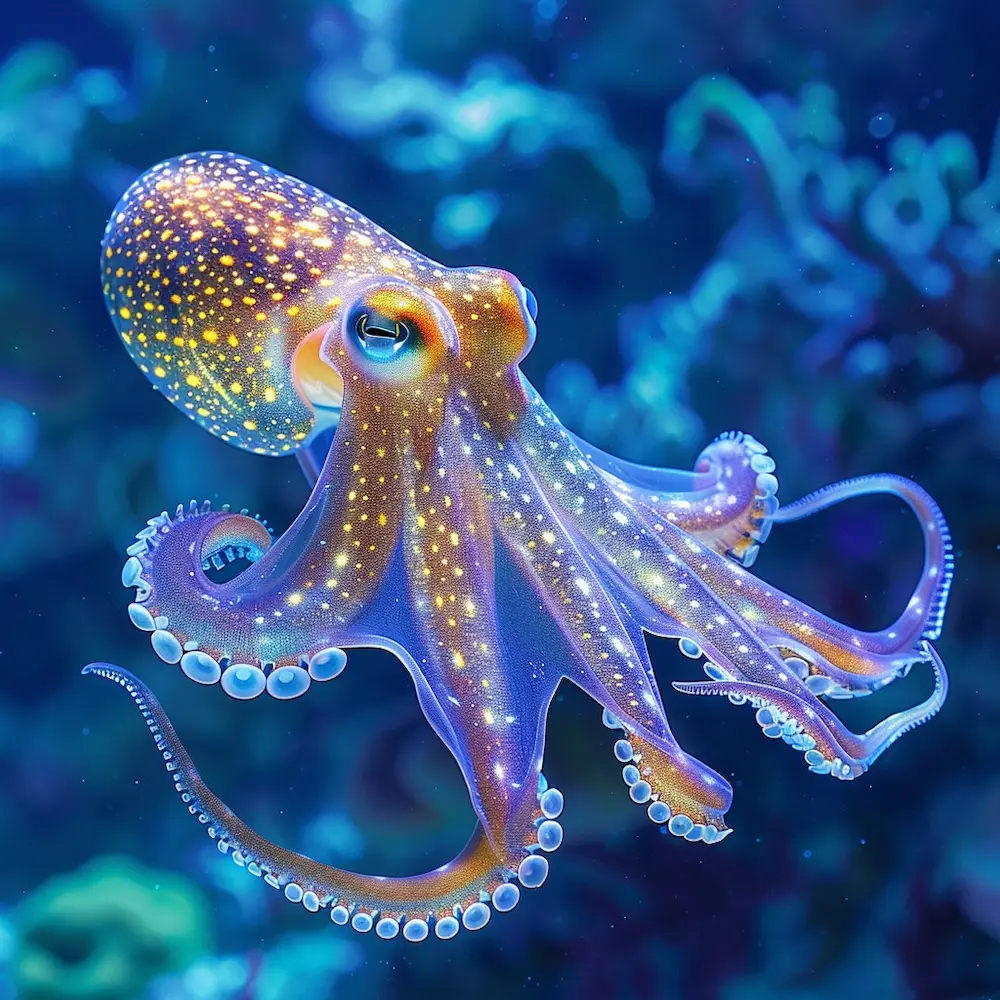
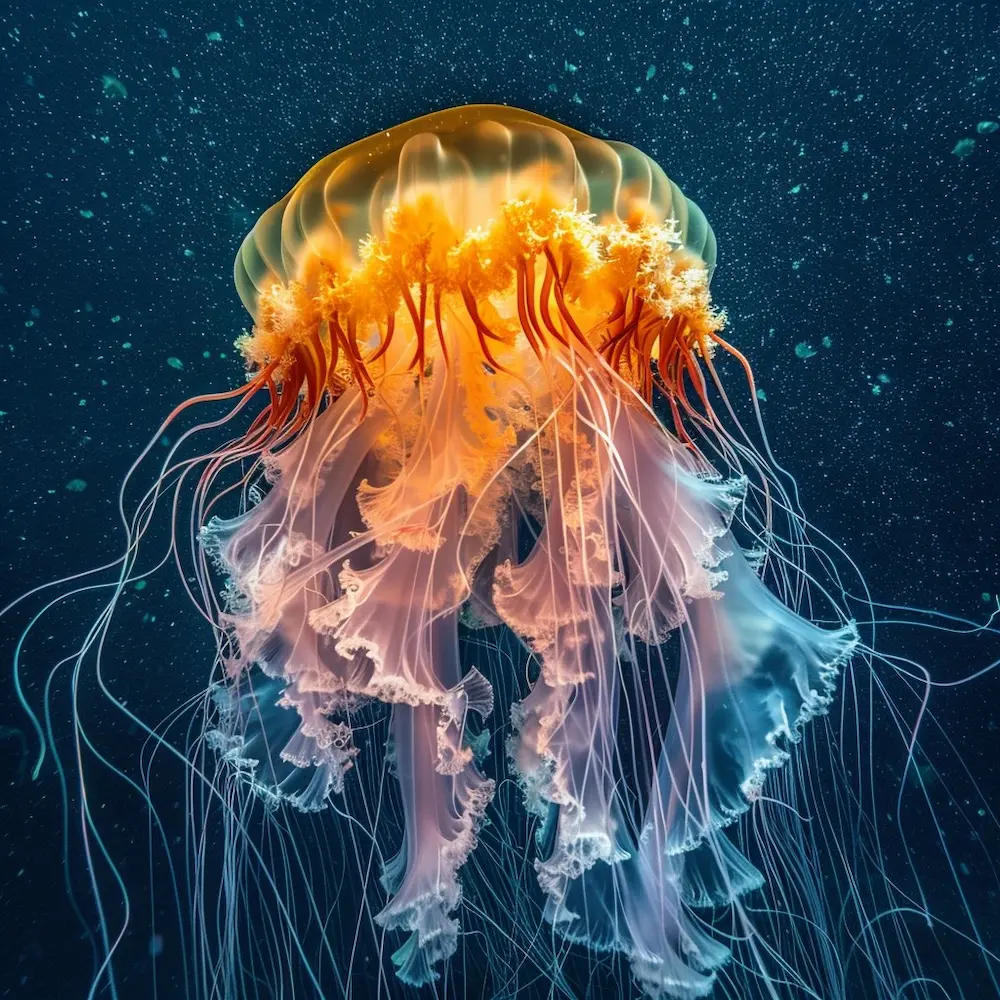

1. Oceans cover about 70% of the Earth’s surface.
This vast expanse makes oceans the largest habitat on the planet.
2. The Pacific Ocean is the largest ocean.
It covers approximately 30% of the Earth’s surface and is larger than all the landmasses combined.
3. The Mariana Trench is the deepest part of the ocean.
Located in the Pacific Ocean, it reaches a depth of about 11 kilometers (6.8 miles).
4. Oceans hold about 96.5% of all Earth’s water.
They are the primary reservoir of the planet’s water supply.
5. The ocean produces over 70% of the Earth’s oxygen.
Marine plants, particularly phytoplankton, kelp, and algae, are responsible for this vital production.
6. Less than 5% of the ocean has been explored.
Despite its vastness, we have only scratched the surface of understanding ocean ecosystems.
7. The Mid-Ocean Ridge is the longest mountain range in the world.
This underwater mountain range stretches over 65,000 kilometers (40,000 miles) across the ocean floor.
8. The Great Barrier Reef is the largest living structure on Earth.
It spans about 2,600 kilometers (1,600 miles) and can be seen from space.
9. Oceans absorb about one-third of the carbon dioxide produced by human activities.
This helps mitigate climate change but also leads to ocean acidification.
10. The ocean is home to approximately 230,000 known marine species.
However, scientists estimate that millions more remain undiscovered.
11. The ocean has its own “rivers” and “lakes.”
These underwater features are formed by differences in water density, allowing them to flow beneath the ocean surface.
12. Coral reefs support about 25% of all marine species.
Despite covering only 0.1% of the ocean floor, they are incredibly biodiverse ecosystems.
13. The ocean regulates the Earth’s climate.
It absorbs heat from the sun and distributes it around the globe, influencing weather patterns.
14. The Southern Ocean is the newest named ocean.
It was officially recognized in 2000 and encircles Antarctica.
15. The ocean is home to the largest animal on Earth.
The blue whale can reach lengths of up to 30 meters (98 feet) and weigh as much as 200 tons.
16. The ocean contains more historic artifacts than all the world’s museums combined.
Shipwrecks and submerged cities hold countless treasures and stories from the past.
17. The ocean is home to unique ecosystems like hydrothermal vents.
These areas support life forms that thrive in extreme conditions, such as high temperatures and pressure.
18. The ocean’s currents are crucial for global climate.
They help distribute heat and nutrients, impacting weather patterns and marine life.
19. The ocean is a major source of food.
About 3 billion people rely on seafood as their primary source of protein.
20. The ocean’s depths are largely unexplored.
We know more about the surface of the moon than we do about the ocean floor.
21. The ocean is home to bioluminescent organisms.
Many marine species, such as jellyfish and certain fish, can produce light through chemical reactions.
22. The ocean plays a significant role in the water cycle.
It is the primary source of evaporation, leading to precipitation and freshwater supply on land.
23. The ocean has its own “whale highways.”
These migratory routes are used by whales and other marine animals to travel long distances.
24. The ocean is a habitat for unique species.
From the giant squid to the anglerfish, the ocean is home to many bizarre and fascinating creatures.
25. The ocean’s temperature affects weather patterns.
Changes in sea surface temperatures can lead to phenomena like El Niño and La Niña.
26. The ocean supports diverse ecosystems.
From coral reefs to deep-sea trenches, the ocean is home to various habitats that support unique life forms.
27. The ocean is a source of renewable energy.
Tidal and wave energy can be harnessed to generate electricity sustainably.
28. The ocean is vital for transportation.
Around 90% of global trade is conducted via shipping routes across the oceans.
29. The ocean is home to the world’s largest coral reef system.
The Great Barrier Reef is a UNESCO World Heritage site and a biodiversity hotspot.
30. The ocean’s currents can travel thousands of kilometers.
The Gulf Stream, for example, carries warm water from the Gulf of Mexico to the North Atlantic.
31. The ocean is a significant carbon sink.
It absorbs carbon dioxide from the atmosphere, helping to regulate climate change.
32. The ocean is home to many migratory species.
Animals like sea turtles and certain fish travel long distances to breed and feed.
33. The ocean’s depths are home to extremophiles.
These organisms thrive in harsh conditions, such as high pressure and extreme temperatures.
34. The ocean is a major source of recreation.
Millions of people enjoy activities like swimming, surfing, and diving in the ocean every year.
35. The ocean is home to unique geological features.
Underwater volcanoes, trenches, and seamounts create a diverse landscape beneath the waves.
36. The ocean is a critical habitat for marine mammals.
Species like dolphins, seals, and whales rely on the ocean for food and breeding grounds.
37. The ocean is affected by climate change.
Rising temperatures and acidification threaten marine ecosystems and species.
38. The ocean is a source of inspiration.
Many artists, writers, and musicians draw inspiration from the beauty and mystery of the ocean.
39. The ocean contains unique adaptations.
Many marine species have evolved specialized features to survive in their environments, such as camouflage and bioluminescence.
40. The ocean is home to the world’s largest living structure.
The Great Barrier Reef is the largest coral reef system and can be seen from space.
41. The ocean is a vital source of fresh water.
Desalination plants convert seawater into drinking water, providing resources for arid regions.
42. The ocean is home to diverse fish species.
There are over 30,000 known species of fish, with many more yet to be discovered.
43. The ocean’s tides are caused by the moon’s gravitational pull.
The gravitational forces exerted by the moon and sun create tidal movements in the ocean.
44. The ocean is a critical habitat for seabirds.
Many species rely on the ocean for food and nesting sites.
45. The ocean is home to some of the oldest living organisms.
Certain species of coral and algae can live for thousands of years.
46. The ocean’s ecosystems are interconnected.
Changes in one part of the ocean can affect marine life and habitats elsewhere.
47. The ocean has a significant impact on weather patterns.
Ocean temperatures influence atmospheric conditions and can lead to extreme weather events.
48. The ocean is a source of medicinal compounds.
Many marine organisms have been studied for their potential health benefits and pharmaceutical applications.
49. The ocean is a vital resource for indigenous cultures.
Many coastal communities rely on the ocean for their livelihoods, traditions, and cultural practices.
50. The ocean is essential for the planet’s health.
It plays a crucial role in regulating climate, supporting biodiversity, and providing resources for human life.
References:
ThinkLandscape. (n.d.). Top 10 ocean facts you should know. https://thinklandscape.globallandscapesforum.org/60739/10-facts-to-help-you-fall-in-love-with-the-ocean-and-fight-for-its-survival/ Trafalgar. (2023, July 4). 10 Unbelievable Facts About the Ocean. https://www.trafalgar.com/real-word/10-unbelievable-facts-ocean/ U.S. Geological Survey. (n.d.). Top 10 Things You Didn’t Know About the Ocean. https://www.usgs.gov/programs/cmhrp/news/top-10-things-you-didnt-know-about-ocean National Geographic Kids. (n.d.). Ocean facts! https://www.natgeokids.com/uk/discover/geography/general-geography/ocean-facts/ National Geographic Education. (n.d.). All About the Ocean. https://education.nationalgeographic.org/resource/all-about-the-ocean/
